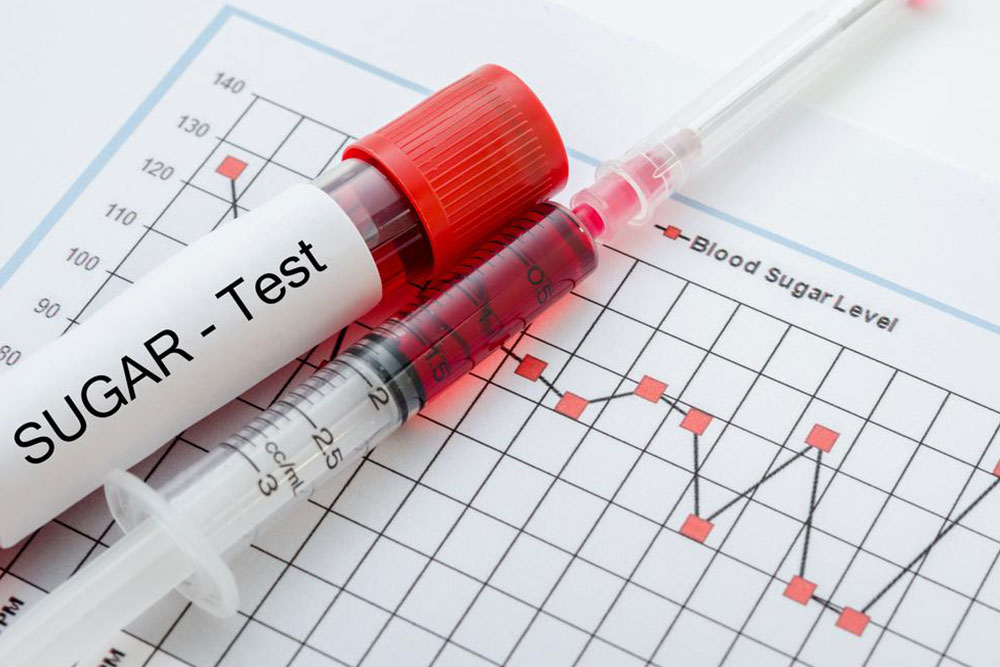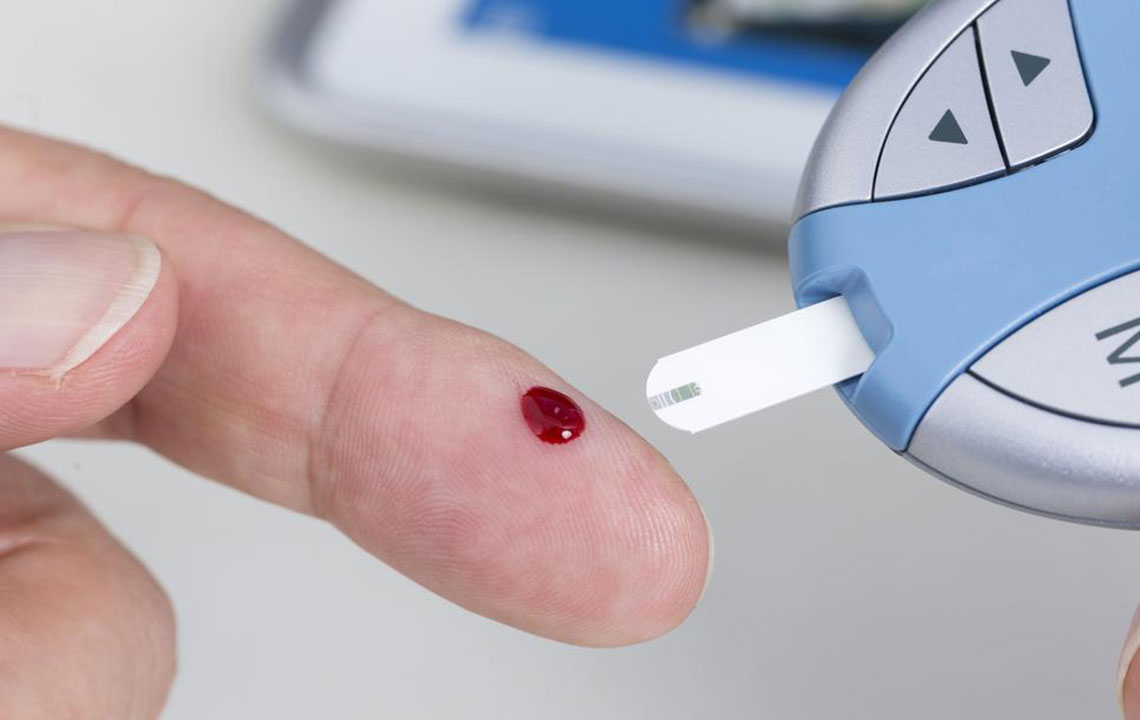In-Depth Guide to Monitoring and Managing Your Blood Sugar Levels for Better Health
This comprehensive guide explores the importance of understanding and managing blood sugar levels. It covers normal ranges, the impacts of high and low blood sugar, practical management tips, lifestyle strategies, and the significance of regular monitoring. Effective blood sugar control is vital for preventing serious health issues like diabetes and cardiovascular disease, making this guide essential for health-conscious individuals aiming for long-term wellness.

In-Depth Guide to Monitoring and Managing Your Blood Sugar Levels for Better Health
Blood glucose, more commonly known as blood sugar, is an essential component of human nutrition and energy metabolism. It plays a vital role in fueling the body's cells, particularly the brain, muscles, and organs. Understanding blood sugar levels—the concentration of glucose present in your bloodstream—is critical for maintaining overall health, preventing diseases, and managing existing conditions like diabetes.
Blood sugar levels fluctuate naturally throughout the day, influenced by meals, physical activity, stress, and other factors. Proper regulation of these levels helps ensure that energy supply remains steady and that the body functions optimally. The concept of "blood sugar level" pertains to how much glucose is circulating in your blood at any given time and is expressed in measurable units, primarily millimoles per liter (mmol/L).
The standard units used worldwide to measure blood glucose are millimoles per liter (mmol/L). Maintaining blood sugar within a healthy range is critical, as deviations can lead to severe health issues ranging from metabolic disturbances to cardiovascular problems.
Understanding Blood Sugar Imbalances and Their Effects
Abnormal blood sugar levels are generally categorized into two main conditions: hyperglycemia and hypoglycemia. Each condition signifies a different type of imbalance, with its own causes, symptoms, and potential complications.
Hyperglycemia (High Blood Sugar): This occurs when blood glucose levels exceed the normal upper limit, often due to inadequate insulin function or resistance. Hyperglycemia is a common sign of diabetes mellitus and is associated with increased risks of heart disease, kidney damage, vision problems, and nerve damage. Persistently high blood sugar levels can lead to severe health emergencies such as diabetic ketoacidosis and long-term complications if untreated.
Hypoglycemia (Low Blood Sugar): Conversely, hypoglycemia happens when blood glucose falls below normal levels, generally below 3.9 mmol/L. This condition can cause symptoms like dizziness, weakness, sweating, confusion, and in extreme cases, loss of consciousness or seizures. If not addressed promptly, hypoglycemia can become life-threatening, requiring immediate intervention to restore normal glucose levels.
While various factors influence daily blood glucose fluctuations, maintaining levels within a healthy range is essential for overall well-being. For individuals without diabetes, fasting blood glucose typically ranges between 3.9 and 5.5 mmol/L. Throughout the day, blood sugar levels naturally rise after meals and decline during fasting periods. Diabetics are advised to keep pre-meal blood glucose levels between 5.0 and 7.2 mmol/L, while post-meal levels should generally stay below 10 mmol/L to prevent complications.
Effective blood sugar management involves a combination of lifestyle choices and regular monitoring. Engaging in consistent physical activity, such as aerobic exercise or strength training, helps improve insulin sensitivity and promotes healthier glucose utilization. Dietary habits also play a crucial role; consuming a balanced diet rich in complex carbohydrates, fiber, lean proteins, and healthy fats can stabilize blood sugar levels. Foods high in fiber, such as leafy greens, whole grains, beans, nuts, and seeds, slow glucose absorption and prevent spikes. Hydration, adequate sleep, stress management, and avoiding excessive refined sugars are equally important.
Incorporating beverages like green tea, which contains antioxidants, can also support blood sugar regulation. Routine blood sugar testing is vital, especially for individuals diagnosed with diabetes or those at risk. Monitoring can be done through home glucometers or continuous glucose monitoring (CGM) systems that provide real-time data, helping people make informed decisions about their diet, activity, and medication adjustments.
Healthcare providers often recommend periodic checkups and blood tests to assess long-term blood sugar control via metrics like HbA1c, which indicates average glucose levels over the past three months. Effective management includes education about recognizing symptoms of imbalances, understanding medication regimens, and making sustainable lifestyle changes. By proactively controlling blood sugar, individuals can significantly reduce the risk of chronic complications and enjoy a healthier, more energetic life.





